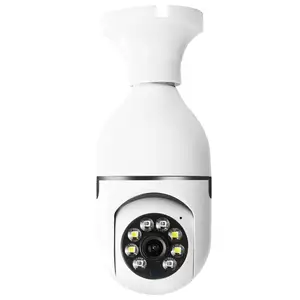Phổ biến trong ngành của bạn

















Các tìm kiếm liên quan:




























Các danh mục hàng đầu
Giới thiệu về bóng đèn máy ảnh
Khám phá một bộ sưu tập lớn gồm acrylic và bền, hấp dẫn về mặt thị giác. bóng đèn máy ảnh tại Alibaba.com để có giá cả phải chăng nhất và giao dịch lớn. Những hấp dẫn về mặt thẩm mỹ và hợp thời trang. bóng đèn máy ảnh lý tưởng cho bất kỳ bữa tiệc hoặc sự kiện nào và rất bền về bản chất. Những tuyệt vời. bóng đèn máy ảnh thân thiện với môi trường và lý tưởng cho mọi người ở mọi lứa tuổi, cho dù là thanh niên hay người già sử dụng chúng.
Những sản phẩm này hoàn hảo và mạnh mẽ. bóng đèn máy ảnh được làm từ các vật liệu bền lâu riêng biệt như thủy tinh, acrylic, nhựa cứng. Những vật liệu này giúp sản phẩm bền lâu và chịu được mọi tác động. Những shishas móc ngoặc này hoặc. bóng đèn máy ảnh không liên quan đến việc sử dụng bất kỳ hóa chất độc hại nào do đó có lợi cho sức khỏe để sử dụng cho tất cả mọi người. Bất kể bạn là một người dày dạn kinh nghiệm hay một người nghiện thuốc lá, những. bóng đèn máy ảnh lý tưởng cho tất cả.
Tại Alibaba.com, bạn có thể tìm thấy rất nhiều thứ khác nhau. bóng đèn máy ảnh theo kích thước, hình dạng, chất liệu, tính năng và thiết kế của chúng mà chắc chắn sẽ thu hút sự chú ý của bạn. Những điều tuyệt vời. bóng đèn máy ảnh là những sản phẩm hợp thời trang được làm từ Acrylic cũng được trang bị với các phiên bản gắn đèn LED cho các bữa tiệc thời thượng. Những cái này. bóng đèn máy ảnh có sẵn ở cả phiên bản có hương vị và không có hương liệu và khói sẽ đi qua nước trước khi hít vào, đảm bảo không có tác động bất lợi cho sức khỏe của bạn.
Alibaba.com giúp bạn tìm thấy rất nhiều khác biệt. bóng đèn máy ảnh phạm vi có thể tiết kiệm tiền. Các sản phẩm này có sẵn dưới dạng đơn đặt hàng OEM và cũng có bao bì tùy chỉnh đối với các đơn đặt hàng số lượng lớn. Các sản phẩm này đều được chứng nhận ISO, CE về chất lượng.





















